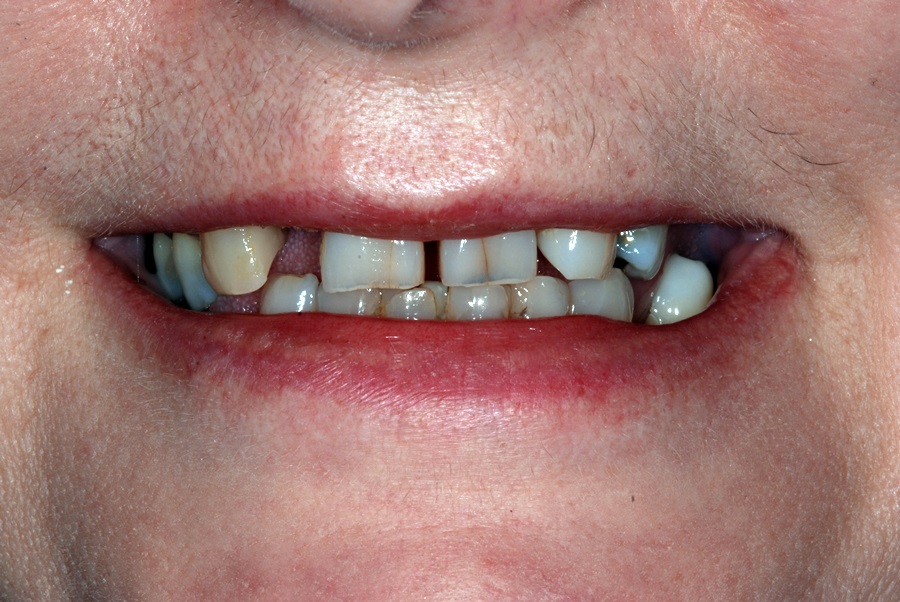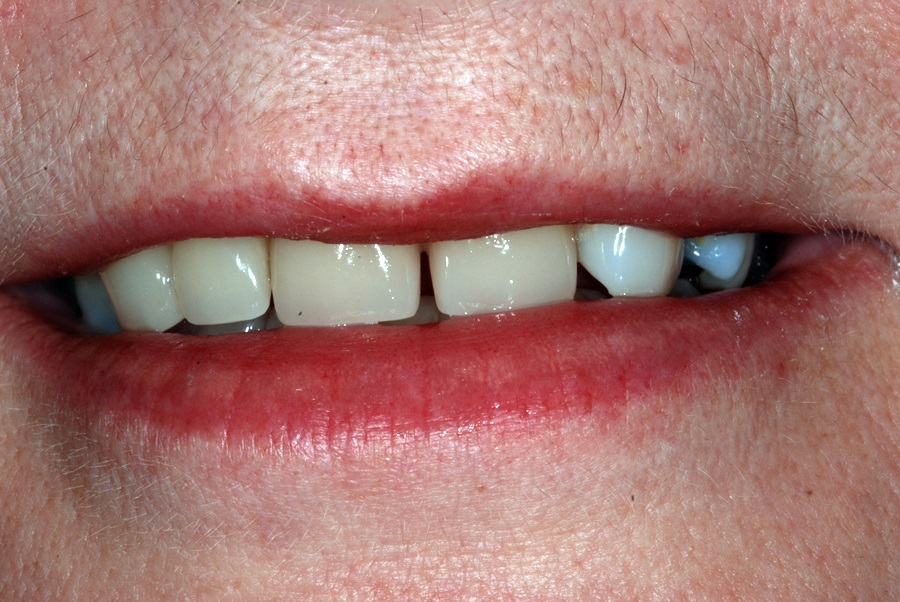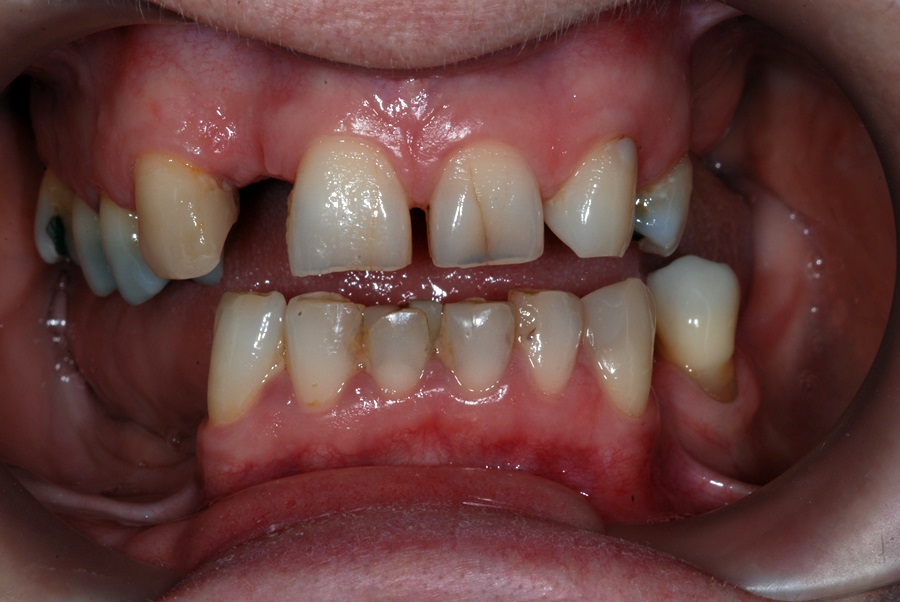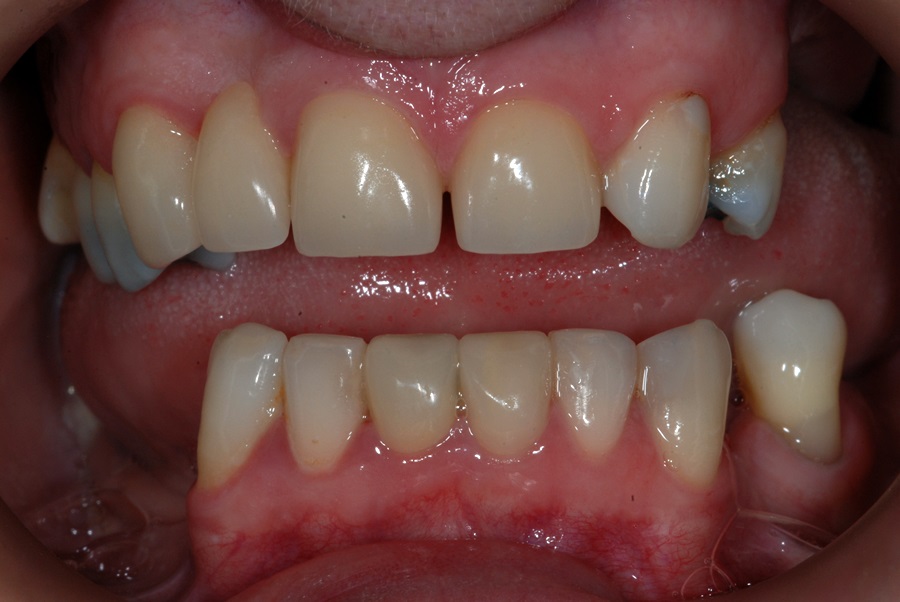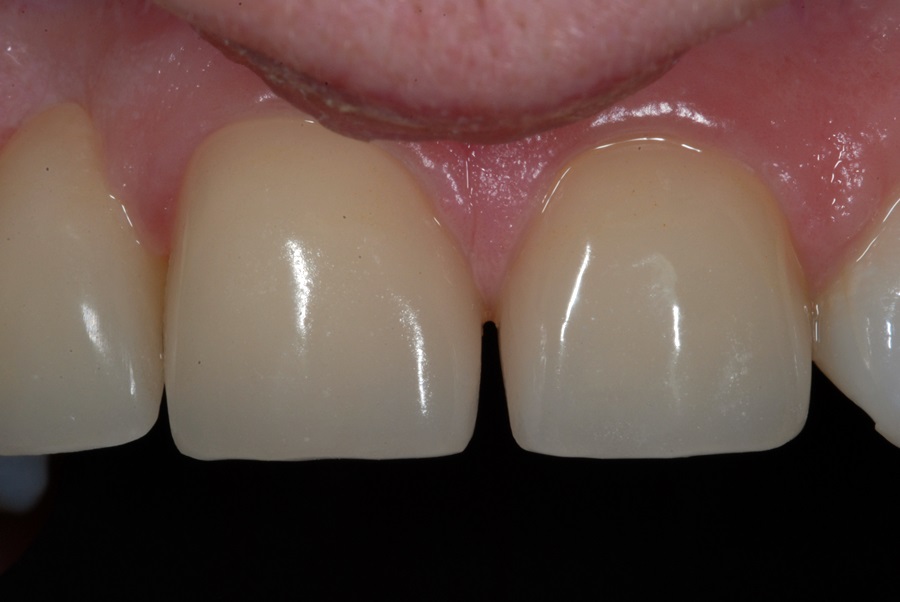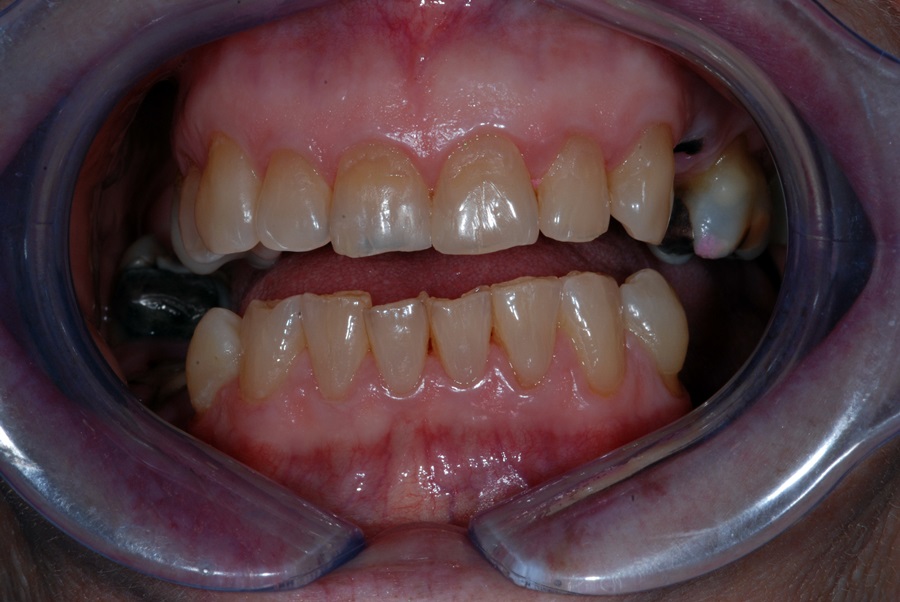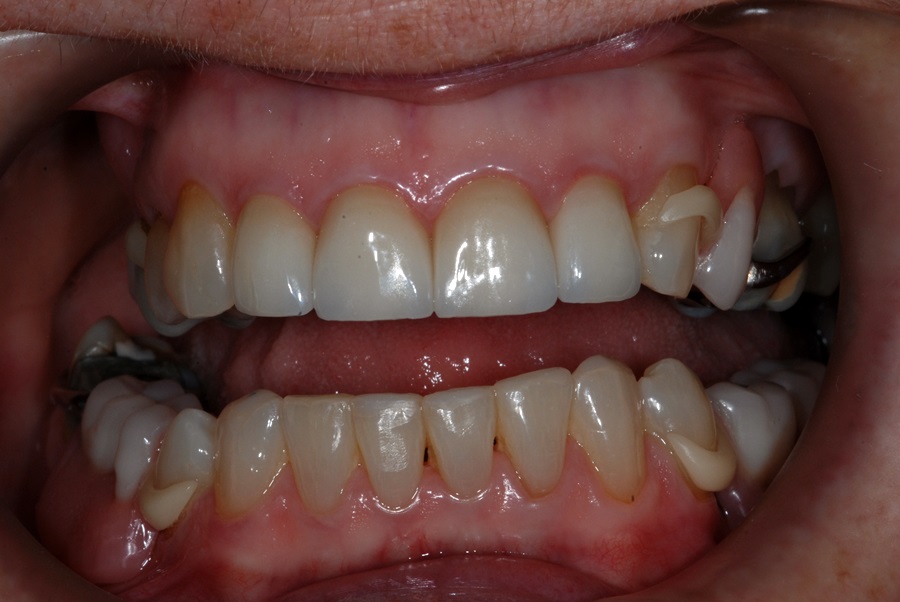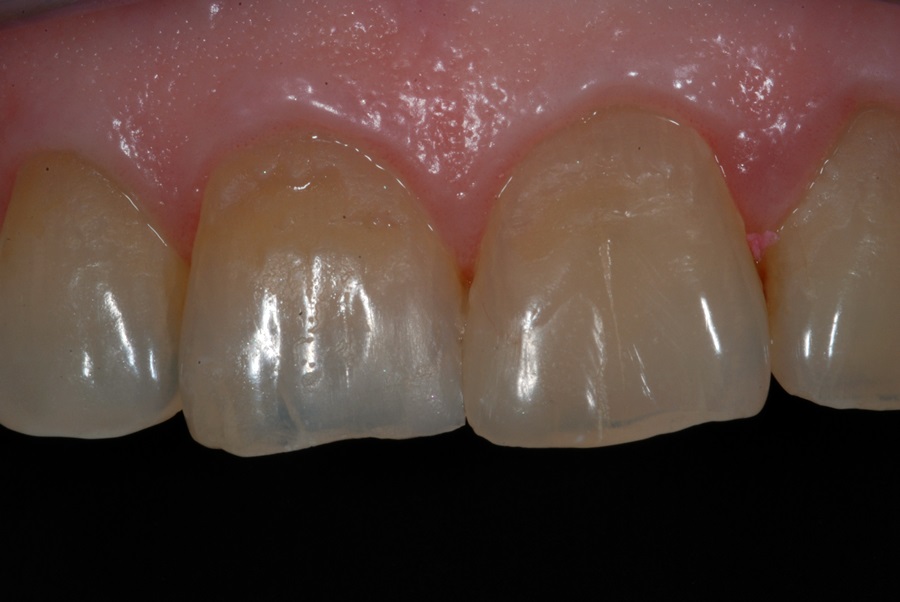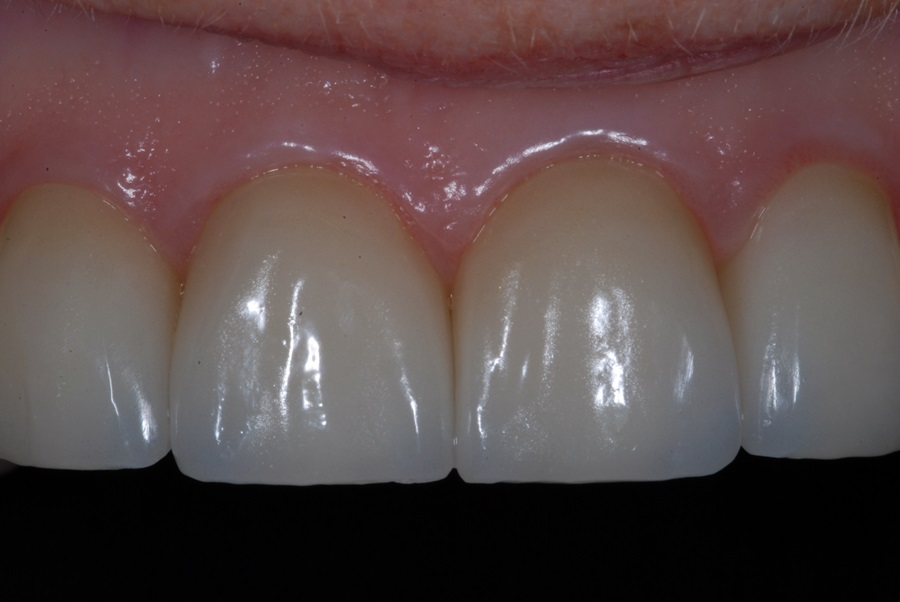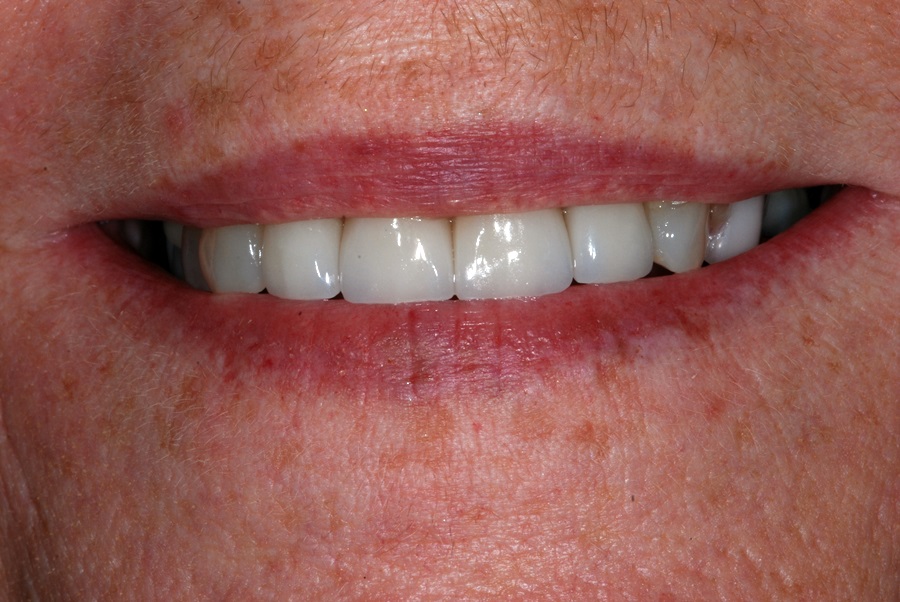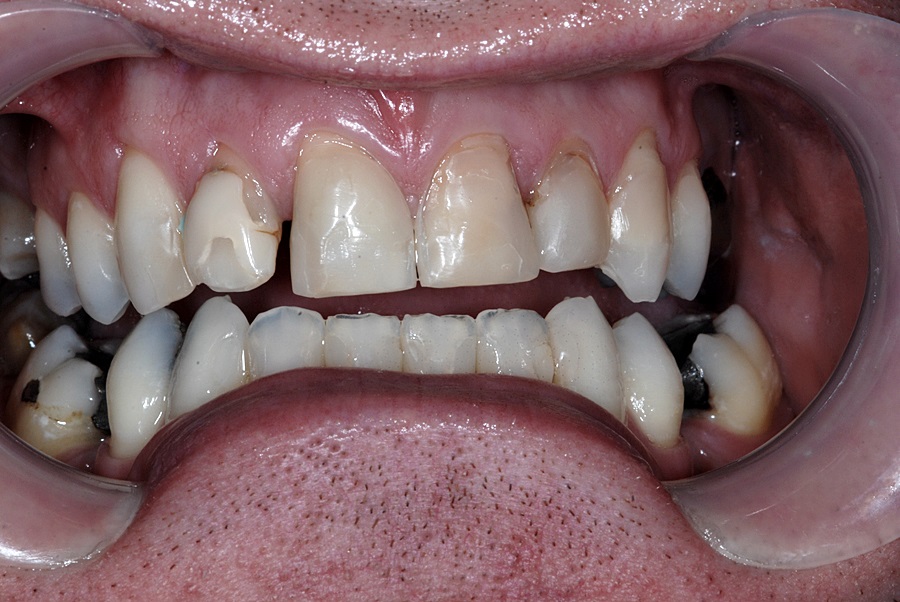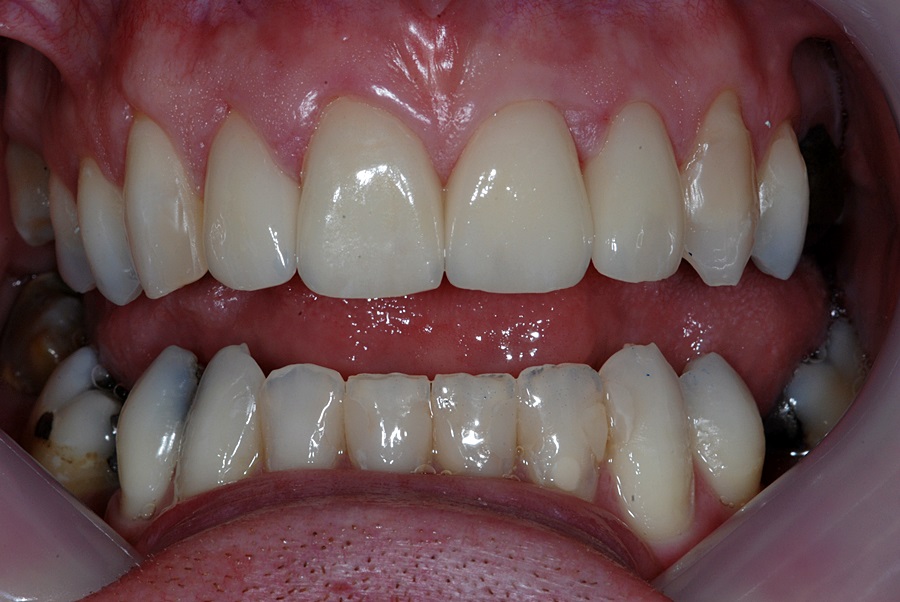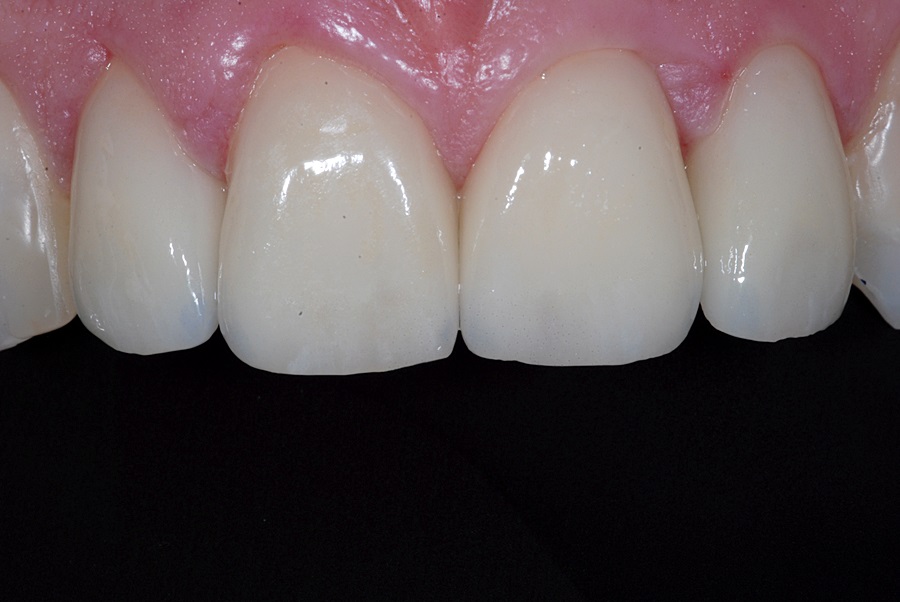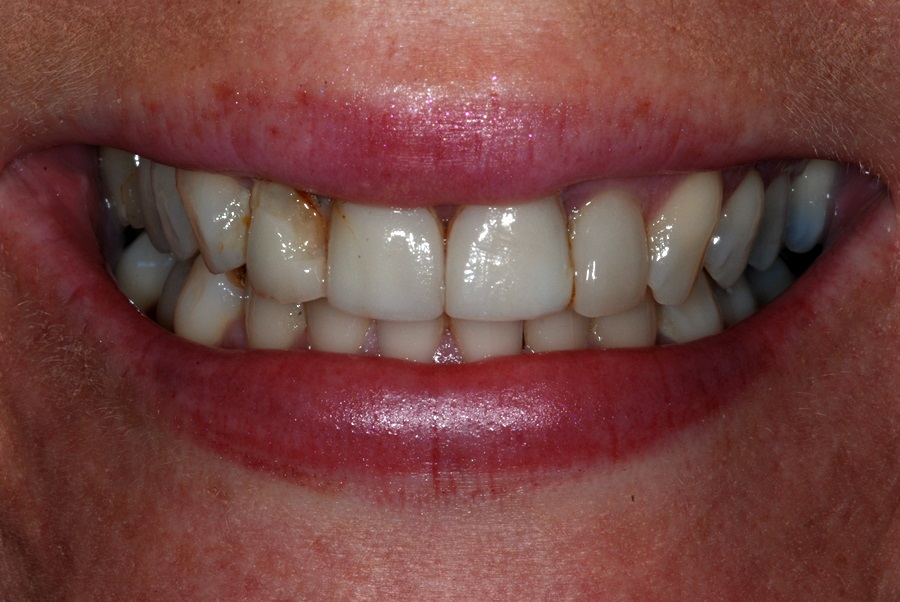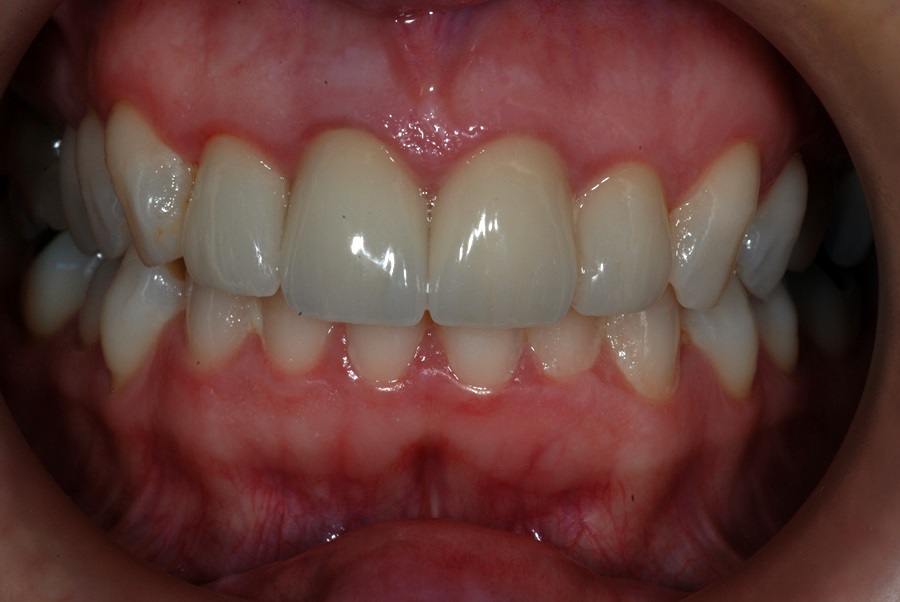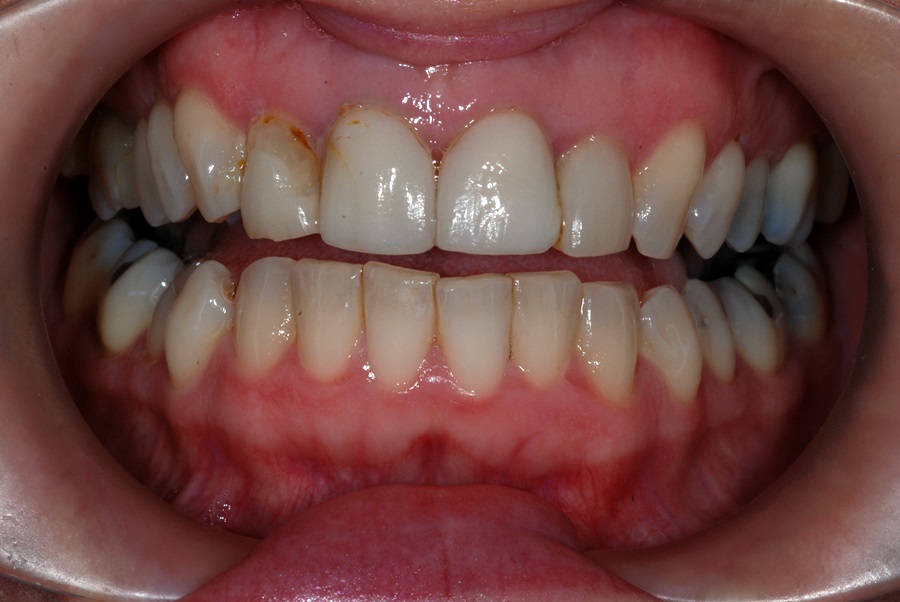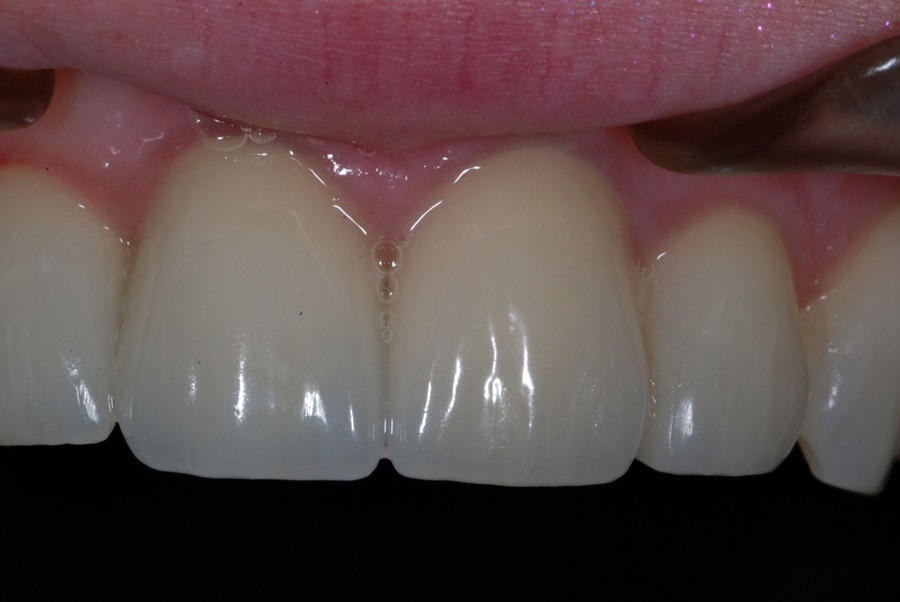Crowns
A crown, also called a cap, is a hollow, artificial tooth used to cover a damaged or decayed tooth. If your tooth is damaged but not lost, a crown can be used to restore its shape, appearance and function. You may need a crown if you have a root canal treatment, a large filling in a tooth or a broken tooth. The crown restores the tooth and protects it from further damage. Crowns can also be used to cover a discoloured or misshapen tooth. A tooth that has been fixed with a crown, looks and works very much like a natural tooth.
This is how a crown is made:
- Your dentist gives you a local anaesthetic.
- To make room for the crown your dentist files down the tooth that needs to be restored.
- An impression of the filed-down tooth and nearby teeth is taken. This impression is used to custom-make your final crown. The crown is built using restorative material and it will be the right shape for your mouth.
- Until your final crown is ready, your dentist places a temporary crown over the tooth that needs to be restored. The temporary crown is usually made from an impression of your tooth before it was filed down. It protects your tooth until the final crown is ready. A temporary crown may not have the same shape and colour as a final crown.
- On your next visit, your dentist takes off the temporary crown and puts on the final one. Your dentist checks to make sure the crown is the right fit, shape, colour and bite. If it is, the crown is cemented into place.
These are the steps dentists most often follow in making a crown, but your tooth may need special care. You may need orthodontic treatment, gum treatment or root canal treatment beforehand. It may take more than 2 visits or your visits may be longer.
There are three predominant choices of restorative materials for full coverage crowns:
- Porcelain-fused-to-metal
- All-ceramic (all-porcelain)
- Gold
The material selection is determined by the clinical demands at hand, aesthetic demands, strength requirements, material durability and restorative space available.
Porcelain-fused-to-metal crowns provide a strong, durable and aesthetic treatment option. One of the key factors for aesthetic and functional success of this type of crown is ensuring the preparation of the underlying tooth structure provides adequate space for the appropriate thickness of the material selected. Additionally, the artistic skill of the laboratory technician creating the crown will determine its aesthetic appeal. One consideration in porcelain-fused-to-metal crowns is that these crowns may tend to show the underlying metal margin at the gum line as gums recede over time.
The predominant material choice for all-ceramic crowns today is either zirconia or aluminous materials. They provide a metal-free aesthetic option with a number of benefits. By eliminating the need for a supportive metal core, an aesthetic all-ceramic crown can be created with reduced thickness of material. This makes them a more favourable treatment choice in cases with limited space. Additionally, the elimination of the metal core allows for light transmission through the porcelain for better optical, life-like properties and a higher level of aesthetics.
Gold crowns, although not as popular a treatment choice for aesthetic reasons, are still indicated in some instances. For example, patients with strong bites and those with parafunctional habits (such as grinding or clenching) might be better served with a gold crown. The traditional restorative material can provide stronger support to the remaining healthy tooth structure. Gold crowns offer a level of durability that is appropriate for teeth located in the back of the mouth (such as the molars), where they will not be visible. Gold crowns tend to offer greater longevity and require less preparation than all-ceramic and porcelain-fused-to-metal crowns. When chewing, gold crowns tend to be less abrasive to the opposing tooth than porcelain. This helps to prevent excessive wearing of the teeth.
Crowns are strong and generally last for about 10 years or longer if you take good care of them. Brush and floss your crown, just like you clean your natural teeth. Crowns may not be as strong as your natural teeth. So like your natural teeth, remember not to bite down on hard objects or use your teeth to open or cut things.

